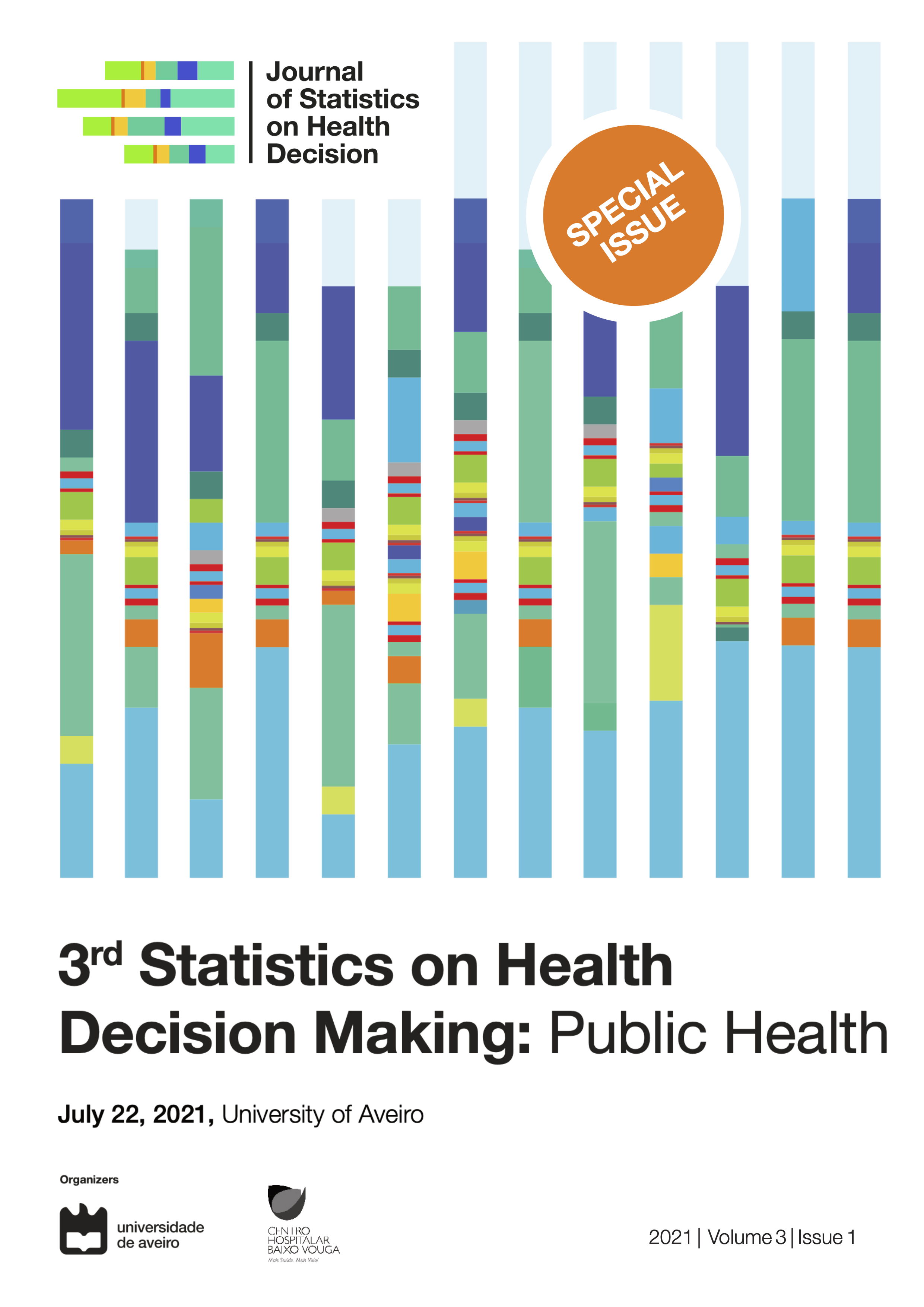Establishing a minimal clinically important difference in pulmonary rehabilitation: Digging in the methods
Establishing MCID in PR
Abstract
Introduction:Interpretation of pulmonary rehabilitation (PR) benefits in people with chronic obstructive pulmonary disease (COPD) is often challenging and can be enriched using minimal clinically important differences (MCIDs)2-4– the smallest change in each measure that will be perceived as relevant by patients.5 Establishing MCIDs for outcome measures used in PR will aid to guide and personalise interventions, enhance judgement about the clinical relevance and magnitude of PR effect, define endpoints in clinical trials and sample sizes.6-8 A wide variety of statistical methods to estimate MCIDs has been reported but two have been distinguished: anchor-based - use an external criterion (e.g., self-reported opinion or clinicians’ judgements) to provide clinical meaning;9,10 and distribution-based - add statistical significance by expressing change scores according to the sample variability and measurement precision.9,11 Currently, no clear consensus exists regarding which methods are most suitable or on how to combine them. Thus, we aimed to explore the variability in the MCIDs using different methods.
Methods:This was a retrospective analysis of data obtained from four studies that established MCIDs in people with COPD after PR.12-15 All studies consisted of a secondary analysis of data from a real-world non-randomised controlled trial (NCT03799666) to assess the effects of a 12-week community-based PR programme.16 Details have been published elsewhere.16 For each study, we gathered data about: characteristics of the study and population, primary outcome measure(s), MCID statistical estimation methods, results according to each estimation method (anchor and distribution-based) and the MCID pooled value.
Results:Table 1 presents the characteristics of studies and population and the methods used to estimate MCIDs. The four studies established the MCID for eleven outcome measures. Anchor- and distribution-based methods were used for computing the MCID for all outcome measures,12-15 except one (hand-held dynamometry), where only distribution-based methods were used.12 Of those combining both methods, MCIDs were weighted on a ratio of 2/3 and 1/3, respectively.12-15 Studies calculated the anchor-based methods of the MCIDs using three different methods: mean change, receiver operating characteristic (ROC) curves and linear regression analysis.12-15 Suitability of the respective anchors were confirmed when the Pearson correlation coefficients were ≥0.3.12-15 Distribution-based methods were calculated using: 0.5*standard deviation, standard error of measurement (SEM), 1.96*SEM, minimal detectable change (MDC), and effect size.12-15 The final MCIDs were calculated through the arithmetic weighted mean.12-15
(insert table 1 here, please)
Table 2 shows the wide variety of MCID according to the different statistical methods used for each outcome measure across studies.
(insert table 2 here, please)
Discussion:Multiple anchor- and distribution-based methods have been used, leading to high variability in MCIDs estimations. MCIDs estimations were larger for distribution-based than for anchor-based methods. This variability enhances the need to use and combine both methods to strengthen the results. Since no guidelines exist on how to weight these approaches, it has been recommended to use anchor-based prevailing distribution-based methods.6,9 Authors of the included studies have arbitrarily attributed 2/3 to anchor and 1/3 to distribution-methods. Guidelines are needed to elucidate which are the best methods to compute MCIDs and how to weight them. Close collaboration between statisticians and health professionals is fundamental for agreeing on the appropriate statistical methods to establish MCIDs for PR.
Ethics committee and informed consent:The current research was approved by independent ethics committees and subjects gave their informed consent before they were enrolled in the study.
Clinical study registration number: NCT03799666Copyright (c) 2021 Cátia Paixão, Patrícia Rebelo, Ana Oliveira, Cristina Jácome, Joana Cruz, Alda Marques

This work is licensed under a Creative Commons Attribution 4.0 International License.
When submitting an article to the Journal of Statistics on Health Decision (JSHD), authors certify the following clauses:
- Originality and single submission – The contents presented in the article have not been published previously in whole or in part, and were not submitted or are not under active consideration elsewhere prior JSHD decision. The article is authentic and does not contain plagiarism.
- Authorship – All authors reviewed the article, agreed with its content, and agreed to its submission to the JSHD. All the authorship criteria stated by The International Committee of Medical Journal Editors Guidelines were met.
- Conflicts of interest – Any conflict of interests were declared. If authors have no declaration, it should be written (in the acknowledgements section): “The authors declare no conflict of interests”.
- Ethics committee and informed consent (if applicable) – The current research was approved by an independent ethics committee and subjects gave their informed consent before they were enrolled in the study.
- And authors agree to the Open Access license agreement of the Journal of Statistics on Health Decision, stated bellow.








